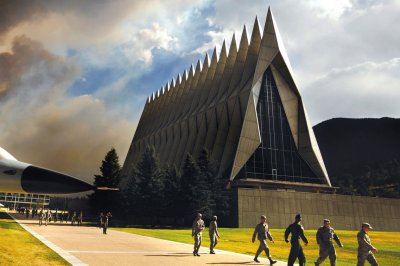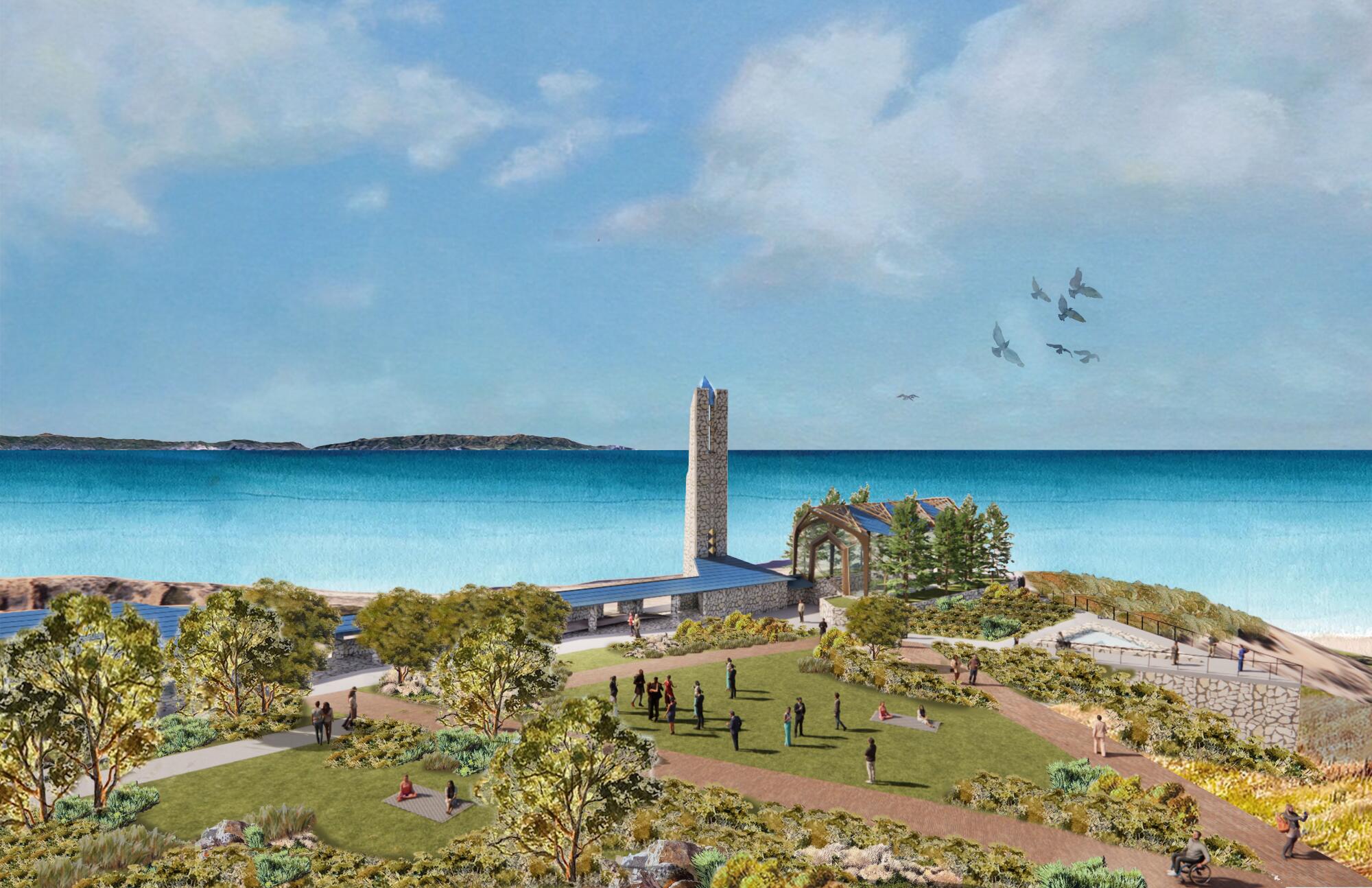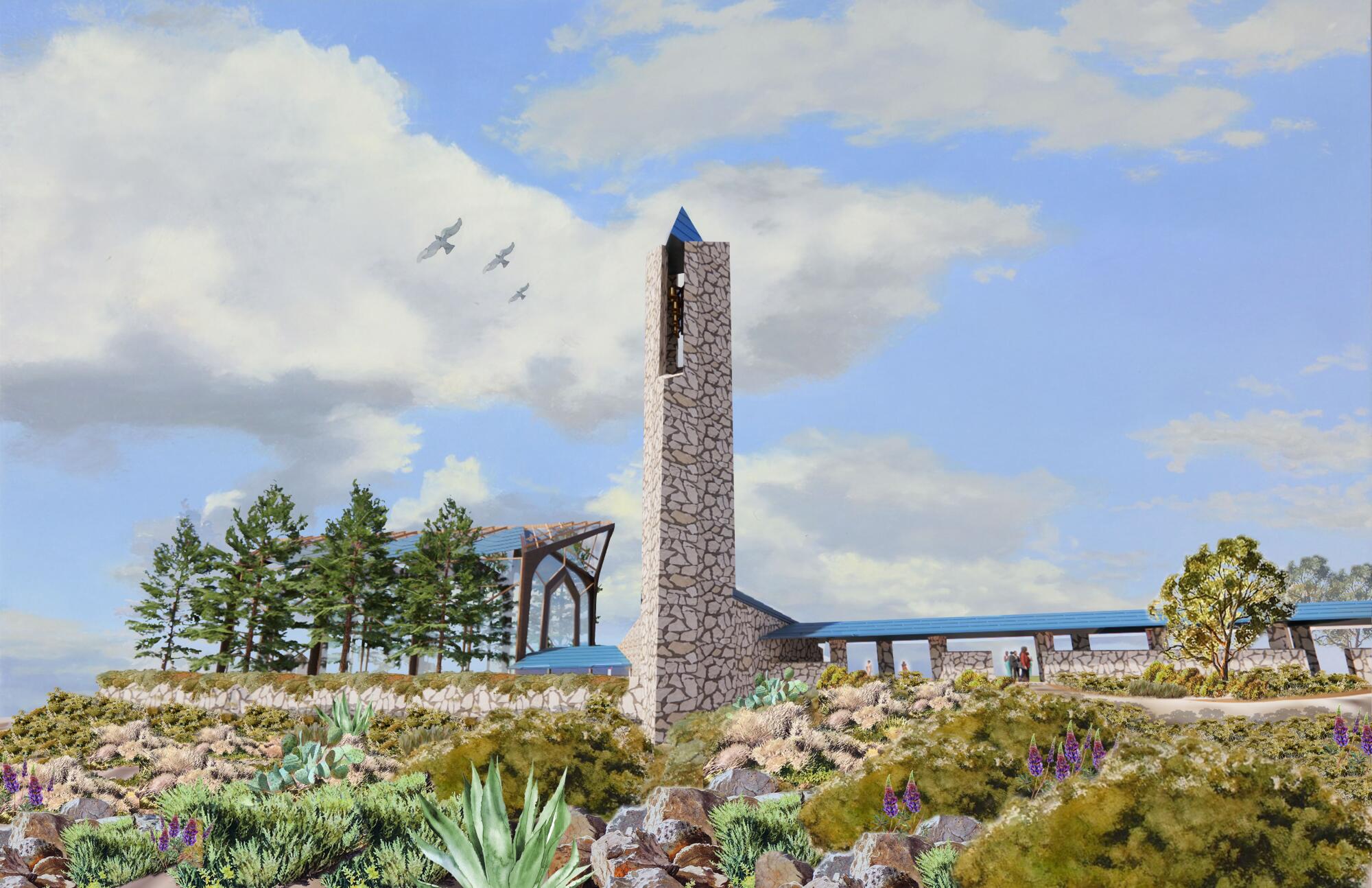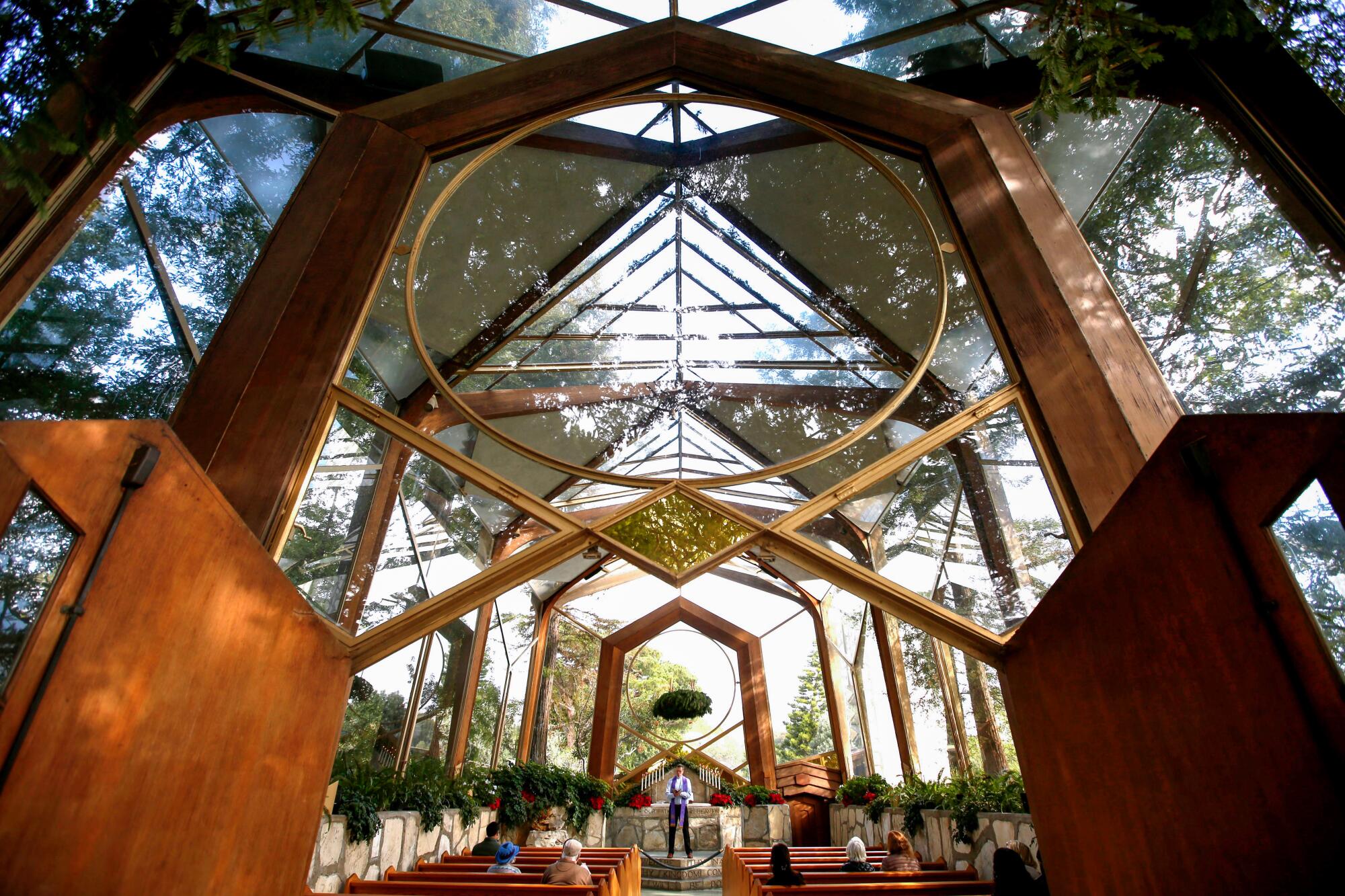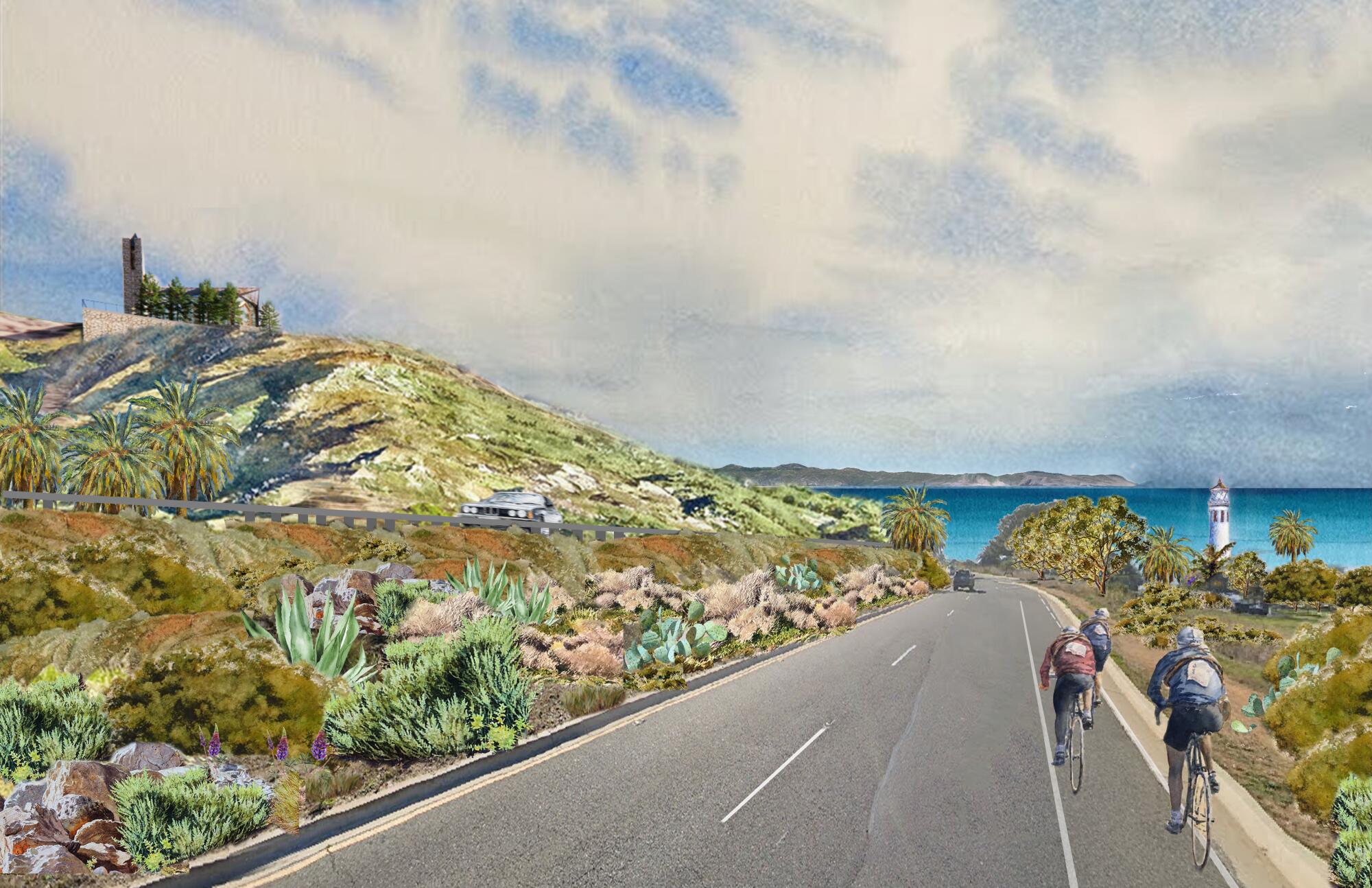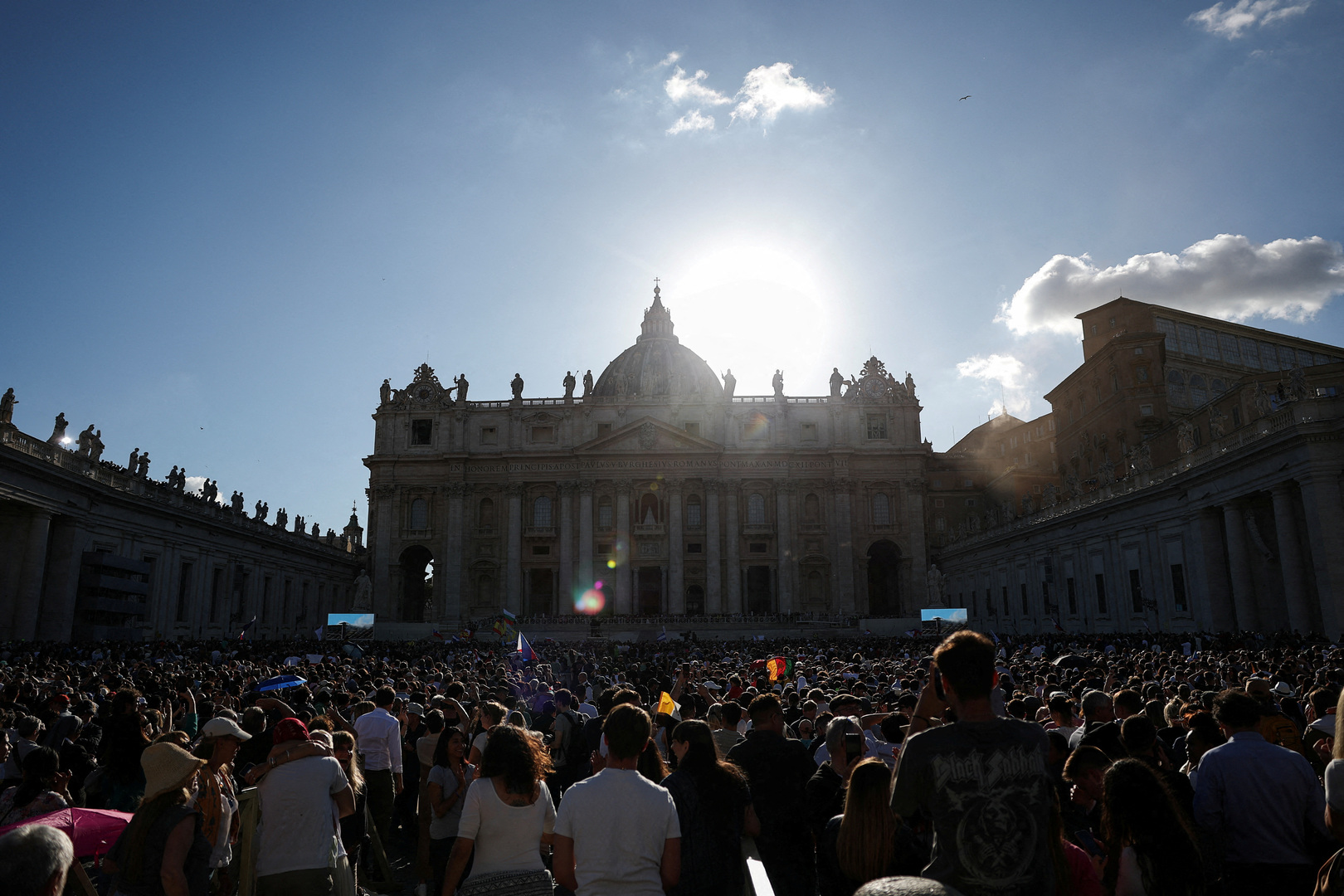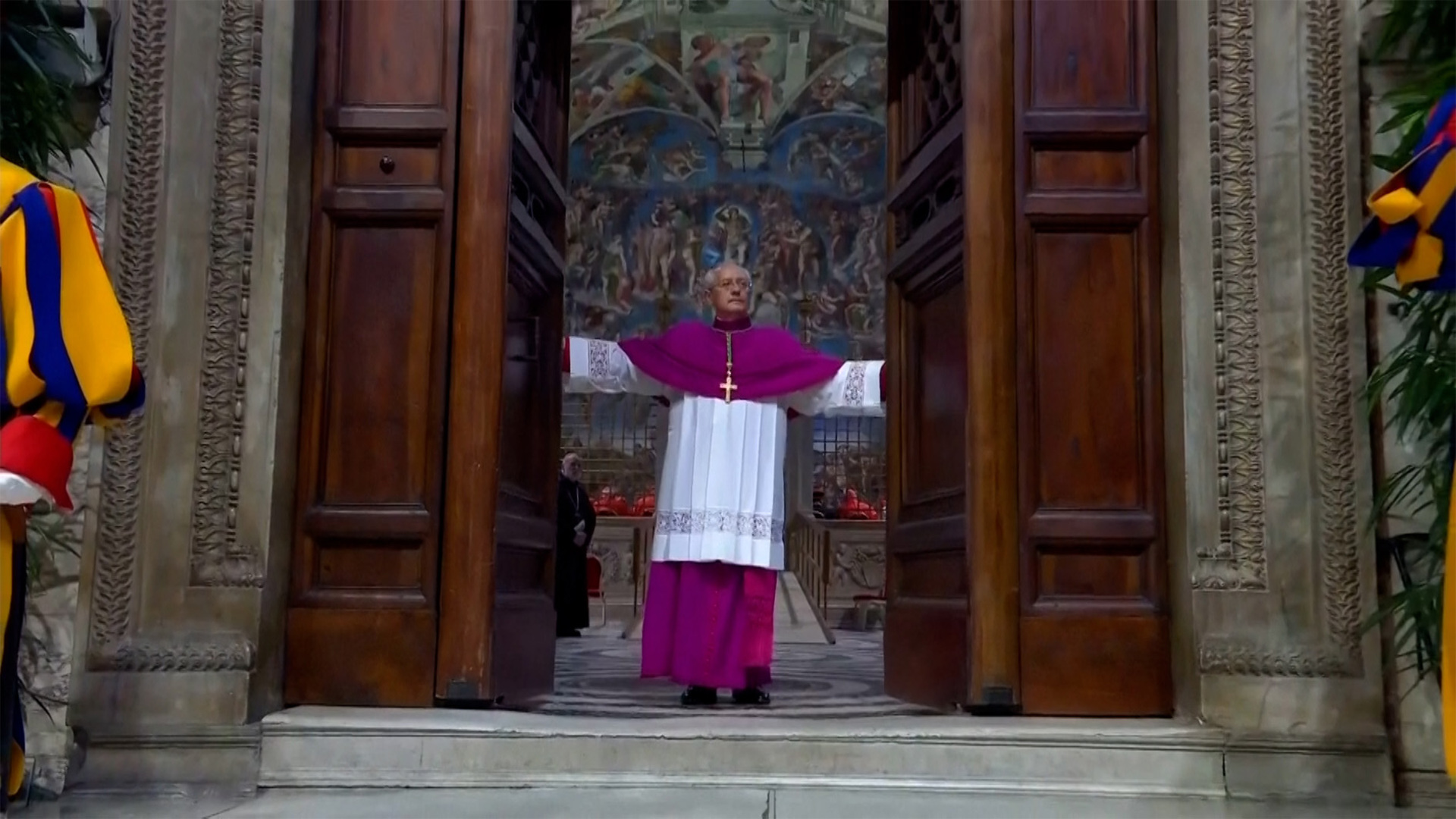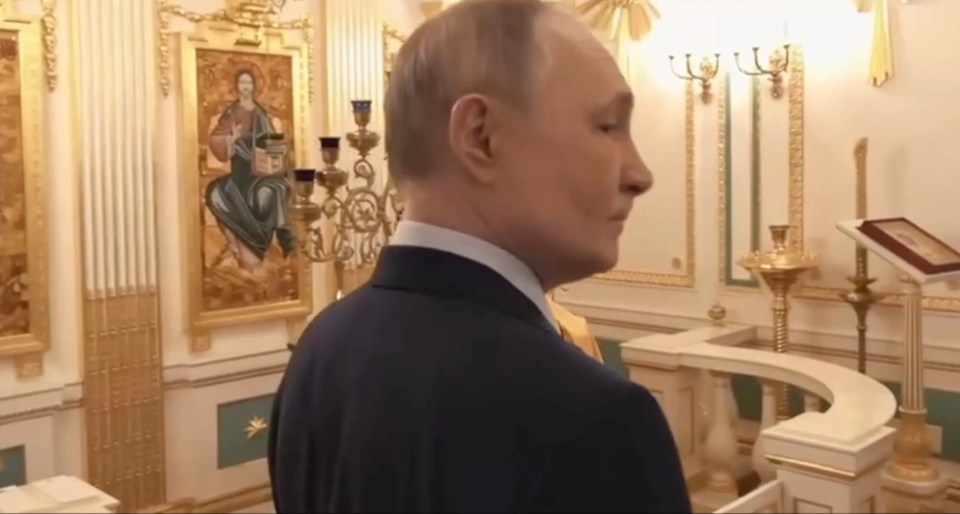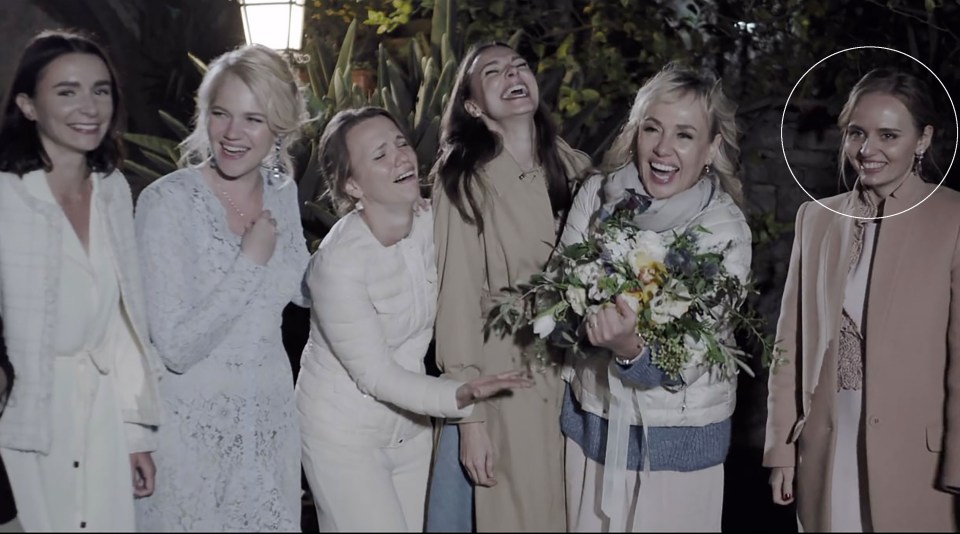Trump: Investigate $335M Air Force Academy Chapel renovation
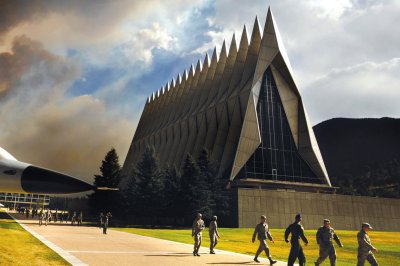
Oct. 17 (UPI) — A nine-year, $335 million restoration of the U.S. Air Force Academy Chapel has President Donald Trump calling for a federal investigation into the matter.
The president in a social media post on Thursday called the cadet chapel in Colorado Springs, Colo., a “construction disaster” since it was built in 1962 and said the current renovation is projected to be finished in 2028.
“The earlier stories are that it leaked on day one, and that was the good part,” Trump said on Truth Social.
“Hundreds of millions of dollars have been spent,” he explained. “The renovation, which essentially has been going on since the day it was built, is now projected to go on until 2028.”
He said a newly revised budget adds $90 million to the renovation cost, which now is $335 million from its prior $247 million budget.
“This mess should be investigated,” Trump added. “Very unfair to the cadets — a complete architectural catastrophe!”
The Defense Department in August awarded a contract that exceeds $88 million to the JE Dunn Construction Co. to renovate the chapel, which is projected to be finished in November 2028, The Hill reported.
Officials at the Air Force Civil Engineer Center are overseeing the renovation project and said the additional funds will cover additional costs after encountering unexpected problems.
The chapel has been closed since October 2019 as the restoration project began, but the discovery of asbestos and other issues has delayed the renovation and greatly raised its cost from an original estimate of $158 million, according to KOAA-TV.
The current construction cost estimate is nearly half the cost to renovate the Notre Dame Cathedral in Paris, which was completed twice as fast.
The latest nearly $90 million project allocation from the Defense Department boosted the total cost by 36% from $247 million.
The project “ensures the long-term structural integrity and watertightness of the Cadet Chapel and will resolve issues that have plagued the building since its opening 60 years ago,” the AFCEC said.
The facility leaked water from the moment it opened in 1962 and underwent numerous “Band-Aid fixes” over the years, USAFA architect Duane Boyle said during an April 2024 news conference.
The 150-foot-tall, 52,000-square-foot chapel is comprised of 17 triangular spires that give it an aircraft-like appearance.
It was one of the first modernist-style structures built in the United States and is “one of the most seminal pieces of modern architecture in the United States,” Neal Evers, Colorado University-Boulder Environmental Design Department professor, told KOAA-TV.
He said the chapel was designed and built when modernist-style architecture “was really taking off in the ’50s.”
Evers said it’s unfair to compare the project’s cost and time to other restoration projects, but he acknowledged it is a “problem” when the initial five-year timeline is extended to nearly 10.
